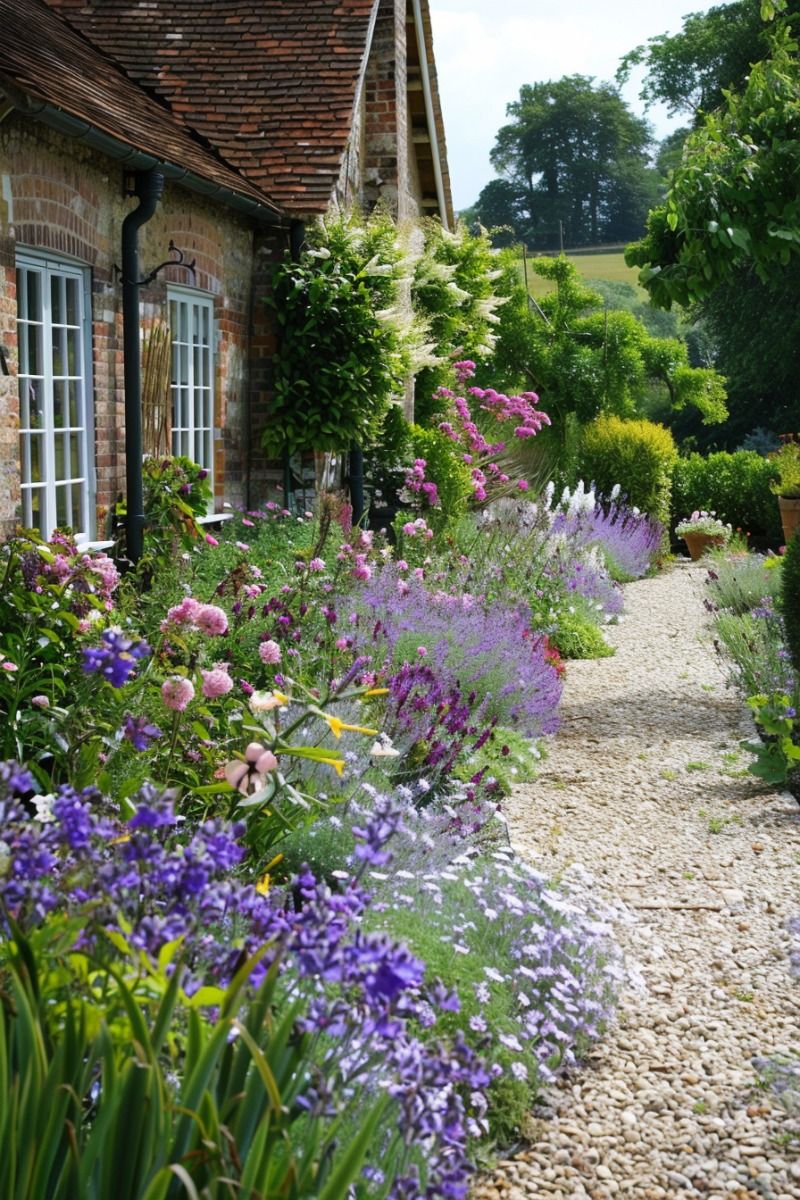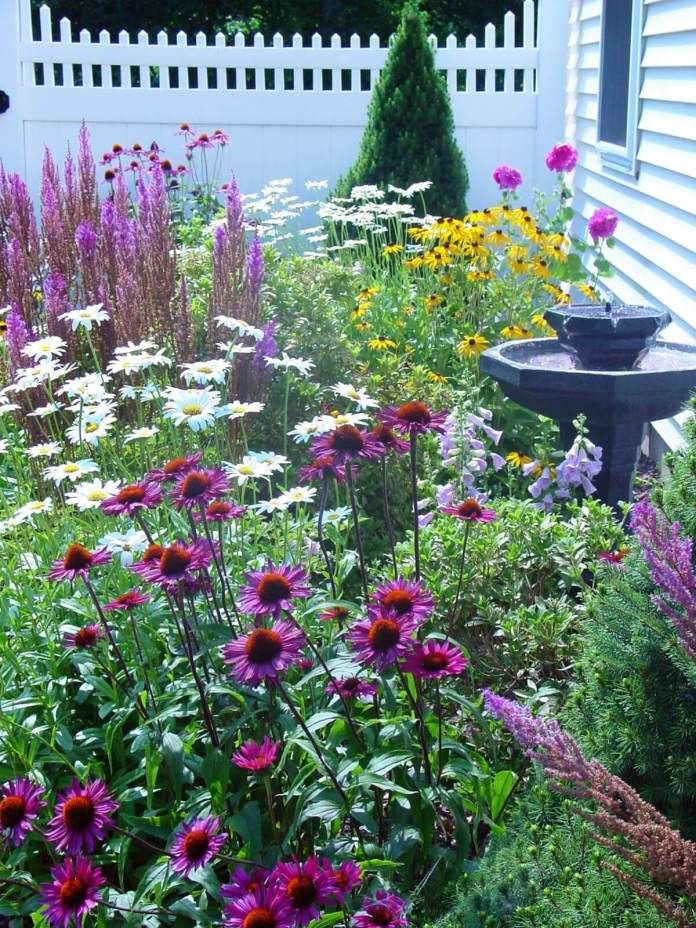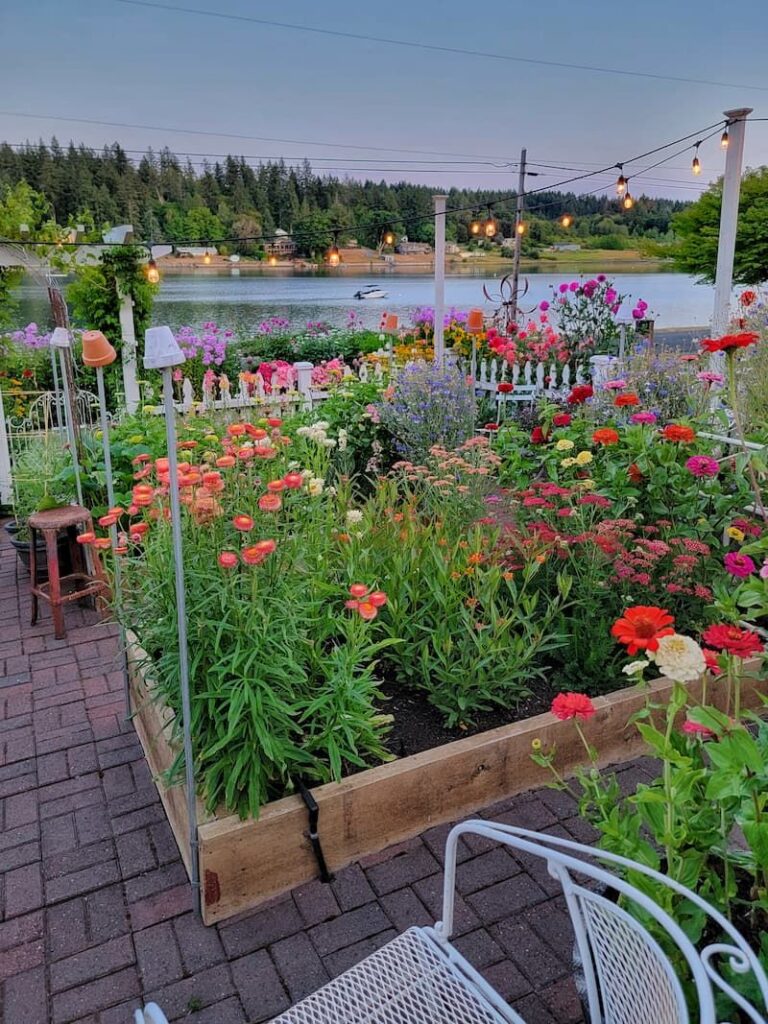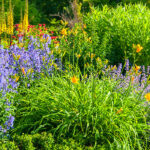Flower gardens are a beautiful and vibrant addition to any outdoor space. Planning the layout of your flower garden is an important step in creating a visually appealing and well-organized space. There are several different layouts to consider when designing your flower garden, each offering unique benefits and design possibilities.
One popular flower garden layout is the traditional border garden, which features a row of flowers planted along the edge of a lawn, walkway, or driveway. This layout creates a neat and tidy look, with the flowers acting as a colorful border to define the space. Border gardens can be planted with a single type of flower for a cohesive look, or a mix of different flowers for variety and interest.
Another common flower garden layout is the island bed, which consists of a circular or oval-shaped bed of flowers planted in the middle of a lawn or garden. This layout creates a focal point in the garden and allows for 360-degree viewing of the flowers. Island beds can be planted with a mix of flowers in complementary colors and heights to create a visually striking display.
For a more formal and structured look, consider a symmetrical flower garden layout, with identical beds on either side of a central axis. This layout is often used in formal gardens and provides a sense of balance and order. Symmetrical flower gardens can be planted with rows of the same type of flower, or with alternating rows of different flowers for a more dynamic look.
If you have a small or narrow space to work with, a ribbon garden layout may be the perfect choice. This layout features a long, narrow strip of flowers planted along a walkway, fence, or other linear feature. Ribbon gardens can be planted with a mix of flowers for a rich tapestry effect, or with a single type of flower for a more uniform look.
For a more natural and informal look, consider a cottage garden layout, which combines a mix of flowers, herbs, and vegetables in a free-form, unstructured design. Cottage gardens typically feature a mix of annuals and perennials and are planted in a random, organic fashion. This layout is ideal for gardeners who prefer a relaxed and whimsical style.
Whichever layout you choose for your flower garden, be sure to consider the sunlight, soil, and water requirements of the flowers you plan to plant. By carefully planning your flower garden layout, you can create a beautiful and harmonious outdoor space that will bring joy and beauty to your home for years to come.
 yishifashion Where Outdoor Dreams Become Reality
yishifashion Where Outdoor Dreams Become Reality







